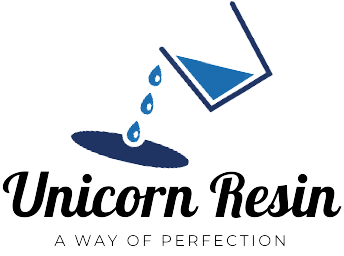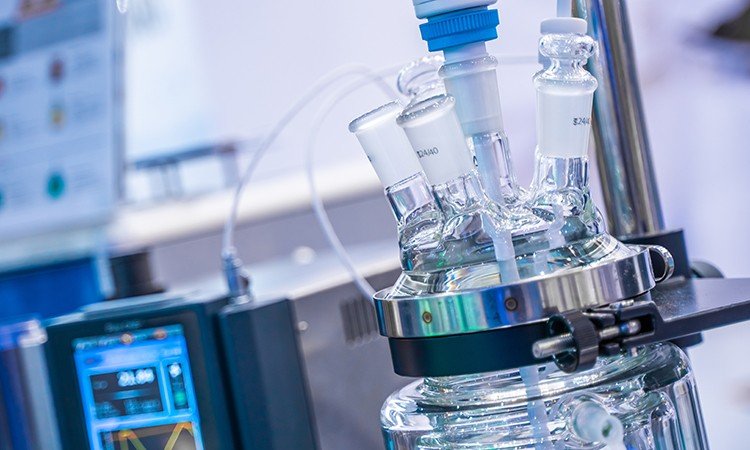Description
A dispersed polymer in a water-based media makes up adhesive emulsion, commonly referred to as emulsion adhesive or water-based adhesive. Due to its adaptability, simplicity of use, and environmental benefits, it is widely employed in a variety of industries and applications.
Key Characteristics of Adhesive Emulsion
Composition
The main component of adhesive emulsions is often a polymer, which is frequently based on substances like acrylics, vinyl acetate ethylene (VAE), styrene-butadiene (SB), or ethylene-vinyl acetate (EVA). A stable colloidal suspension is created when these polymers are disseminated or emulsified in water. To improve particular qualities or performance, additional additives, such as thickeners, plasticizers, cross-linking agents, and preservatives, may be added.
Water-Based Formulation
Adhesive emulsions have a high water content because they are predominantly water-based. Low VOC (volatile organic compound) emissions, simple water cleanup, and decreased flammability as compared to solvent-based adhesives are just a few benefits of this characteristic.
Versatility
A variety of substrates, including paper, cardboard, wood, cloth, foam, plastics, and more, can be joined by adhesive emulsions. They are appropriate for uses in the packaging, woodworking, textile, construction, automotive, and graphic arts industries.
Adhesive Properties
Based on the particular polymer employed, adhesive emulsion have good adhesion, flexibility, and bond strength. They can sustain stability over a wide temperature range, produce strong connections, and resist moisture. The right polymer can be chosen, and the formulation can be changed, to further customise adhesive performance.
Application Methods
The most common ways for applying adhesive emulsions include brush coating, roller coating, spraying, and automated adhesive application equipment. The emulsion’s water content makes it simple to moisten substrates, which facilitates effective bonding.
Drying and Curing
To acquire the best binding strength, adhesive emulsions need to be dried or cured. The emulsion’s water content evaporates, enabling the polymer particles to assemble into a continuous sticky sheet. Variables including the surrounding environment, substrate porosity, and adhesive thickness affect how long things take to dry.
Environmental Benefits
Because they contain fewer volatile organic compounds (VOCs) and produce less air pollution than solvent-based adhesives, adhesive emulsion are said to be more environmentally friendly. Water-based formulations reduce exposure to dangerous and combustible chemicals, which helps create safer working environments.
In general, provide a flexible and environmentally friendly option for joining a variety of materials. They are a preferred option in businesses that need a dependable, affordable, and ecologically responsible adhesive because of their water-based composition, outstanding adhesive qualities, and simplicity of application.


Reviews
There are no reviews yet.